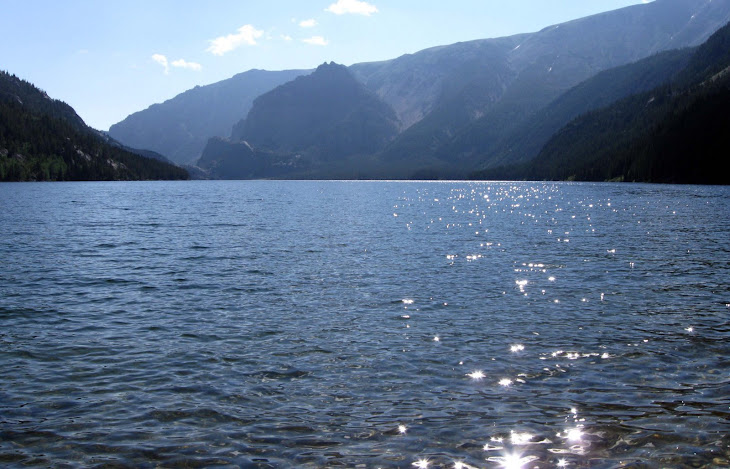In 1997 Ericksson and Winka described the class
Eurotiomycetes when new ordinal descriptions of the Ascomycota were completed. At the time, only a single order, Eurotiales, was assigned to the class. Over the last ten years, a more complete picture has developed, such that the most recent analysis shows that the class contains at least two subclasses, Eurotiomycetidae and Chaetothyriomycetidae, based on a five gene Bayesian tree (
Geiser et al. 2006).
The number of orders contained in the class has also increased. The Eurotiales is still a well-supported order, now placed within the subclass Eurotiomycetidae. In addition, the Onygenales, a previously recognized order in the Plectomycetes (the previous class name) containing many vertebrate pathogens, is a member of the Eurotiomycetidae (Kuraishi et al. 2000). There are an additional 3 orders that will likely be placed in that subclass, the Ascosphearales, Aracnomycetales, and Coryneliales (Gibas et al. 2002, Geiser et al. 2006). The other subclass, Chaetothyriomycetidae, contains three well-supported orders, Chaetothyriales, Verrucariales and Pyrenulales (
Tree of Life 2007, Haase et al. 1995). The last order contained in the Eurotiomycetes, the Mycocaliciales, may be a subclass, as it appears to be a sister taxon to the Eurotiomycetidae and Chaetothyriomycetidae, but that observation is based on too few data at this time and thus it is still included within the Chaetothyriomycetidae (Geiser et al. 2006).
The ancestral state of Ascomycota is uncertain and debated (James et al. 2006). The subphylum Taphrinomycotina is the most likely basal group of the Ascomycota (Liu and Hall 2004). This group is highly variable in lifestyle, form and biochemistry. Thus, the ancestral state for the subphylum Pezizomycotina, the group that contains the Eurotiomycetes, is unclear. It has been stated that lichen containing groups must be derived from lichenized ancestors, due to lower rates of gain of lichenized habit than loss (Lutzoni 2001). From that statement, the ancestor to Pezizomycotina must be a lichenized fungus, as this group contains the lineages leading to lichenized fungi. However, due to the high degree of variation in the taxa of the photobionts, and the form and distribution of the lichenized fungi within the group, one could argue that convergent evolution could also explain the pattern observed.
The field of
fungal phylogenetics is in the early stages of clarifying relationships among groups. In addition, sampling of these various groups is incomplete. However, recent work on the Eurotiomycete lineage is developing a clearer picture of the organization within that group (Geiser et al. 2006, James et al. 2006). Within the framework of these analyses, patterns of lifestyle can now be added into the analysis to develop hypotheses regarding the likely ancestral state of the Eurotiomycetes.

